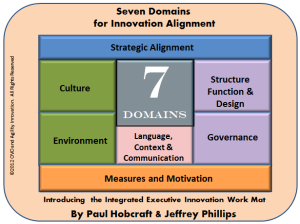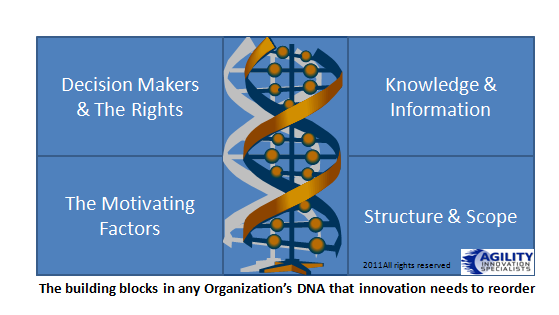In my innovation travels, I’ve always liked to explore many of the less understood sides of innovation. I have set about trying to explain them.
I’ve tried to relate them to the aspects of everyday innovation, give those novel and logical frameworks or some method and structures to approach them, so they can be integrated into this work.
Some have worked better than others. I believe we do need to constantly push the boundaries of innovation, experiment and explore to advance the management of innovation and its understanding.
Getting innovation into the organization’s mainstream
We do need innovation to enter the mainstream of our everyday thinking, to be something we all feel naturally comfortable undertaking, as part of our make-up for our growth or prosperity.

